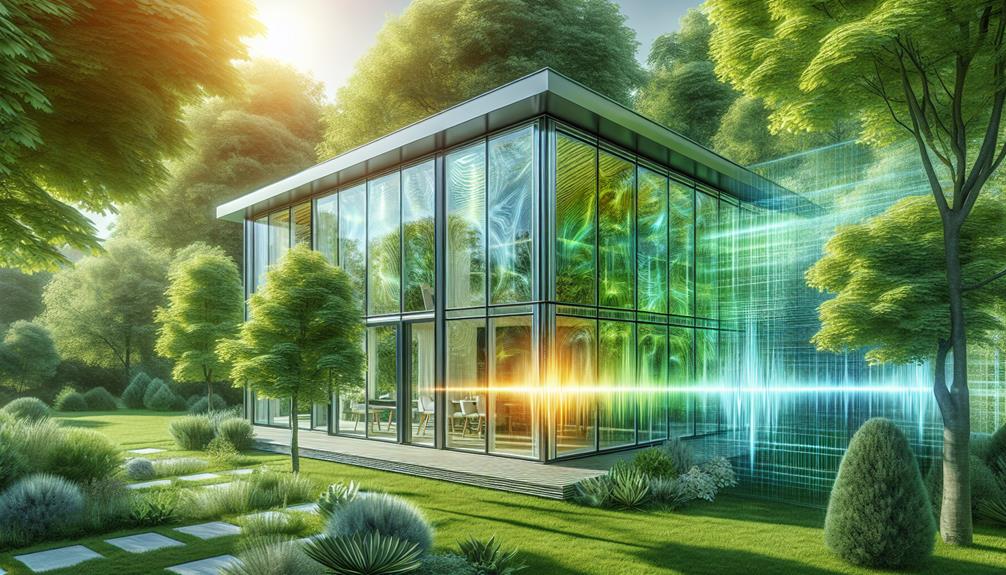
As the demand for sustainable building solutions accelerates, Low-Emissivity (Low-E) films emerge as a pivotal technology in the architectural glass industry. These microscopically thin coatings are engineered to improve the thermal efficiency of glass by reflecting infrared radiation while allowing visible light to pass through. This dual action not only stabilizes indoor climates, reducing the operational load on HVAC systems, but also contributes to substantial energy savings. Moreover, the application of Low-E films extends beyond thermal management to enhance occupant comfort and protect interior assets from UV degradation. Yet, the implications for large-scale implementation in diverse climates and building types remain to be fully explored, particularly in the realm of commercial tinting.
Understanding Low-E Film Technology
Low-Emissivity (Low-E) films are thin coatings applied to glass that significantly enhance thermal efficiency by reflecting infrared radiation while admitting visible light. These films are engineered through a process of metal or metal oxide deposition on the glass surface, which acts to control the transfer of heat and light through windows. The primary mechanism of Low-E films is to minimize the amount of ultraviolet (UV) and infrared light that can pass through glass without compromising the amount of visible light transmitted.
The application of Low-E films involves cutting-edge technology that adheres the metallic layers to the glass in a manner that is nearly invisible to the eye, yet highly effective in its function. This process is crucial for maintaining aesthetic value while enhancing the building’s environmental credentials. By selecting appropriate materials and thickness, the films can be customized to meet specific requirements of thermal insulation and solar gain control.
For professionals and enthusiasts in the field of architectural design and energy management, understanding the technical specifications and correct application procedures of Low-E films is essential. This knowledge ensures that the films perform optimally, contributing to both the sustainability and comfort of indoor spaces.
Joining a community that values advanced solutions like Low-E films can significantly enrich one’s expertise and implementation success.
Benefits of Installing Low-E Films
Having explored the technology behind Low-E films, we now examine the myriad benefits they offer when installed in residential or commercial settings. Low-E, or low-emissivity, films are engineered to minimize the amount of infrared and ultraviolet light that passes through glass without compromising the amount of natural light that is transmitted. This technology is pivotal in reducing energy costs and enhancing indoor comfort.
Firstly, these films significantly lower energy bills by preventing the loss of heat in the winter and reducing heat gain during the summer months. By reflecting thermal radiation back into the room or away from the building, Low-E films maintain a consistent temperature, decreasing the reliance on heating and cooling systems. This efficiency not only conserves energy but also contributes to a reduction in greenhouse gas emissions, aligning with eco-friendly building practices.
Moreover, the protective layer of Low-E films guards against UV radiation, which can fade furniture, artworks, and fabrics. This prolongs the lifespan and appearance of interior furnishings, offering a practical advantage and economic benefit.
In conclusion, Low-E films represent a pivotal advancement in building technology, characterized by their efficacy in enhancing energy efficiency and improving thermal comfort through commercial tinting.
Studies indicate that buildings retrofitted with Low-E films can achieve up to a 15% reduction in energy consumption for heating and cooling.
This technology not only contributes to substantial economic savings but also supports environmental sustainability by reducing greenhouse gas emissions.
Consequently, Low-E films are an essential component for future-proofing modern structures against energy inefficiencies.